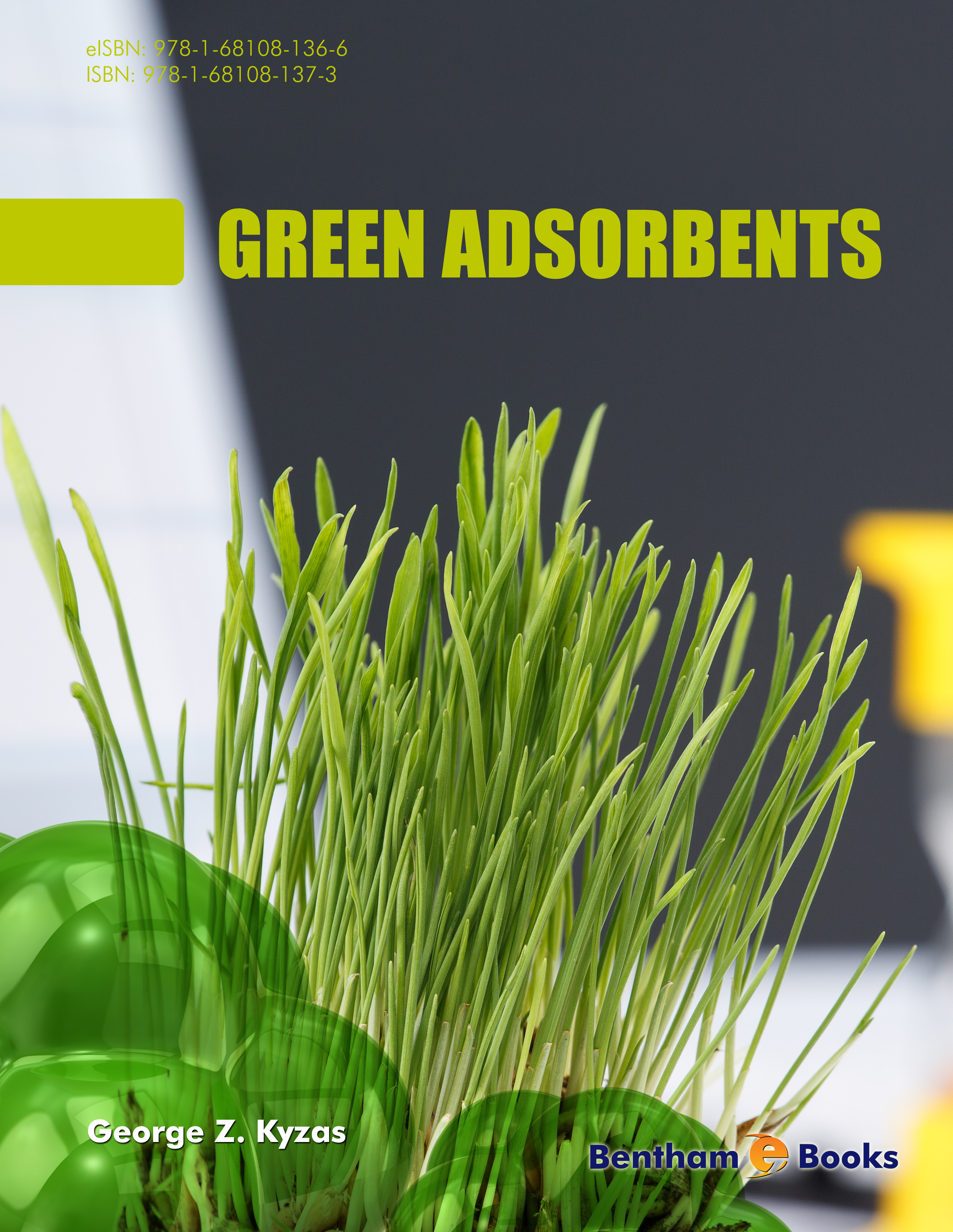Preface
One of the most recent trends in environmental technology is the research turn to green chemistry.
It is generally accepted that one of the most promising techniques for wastewaters treatment is
adsorption. On this basis, numerous adsorbent materials have been synthesized up to now.
However, nowadays, there is a novel concept, which promotes the use of materials with the lowest
possible cost. The economic crisis of the 2000s led researchers to turn their interest to adsorbent
materials with lower cost. Attempts were already realized to use some low-cost adsorbent
materials in order to initially treat synthetic aqueous solutions and then real industrial samples. In
this eBook, the main scope is to describe these environmental-friendly materials namely “green
adsorbents”, as I firstly introduce this term. With this term, it is meant the adsorption process using
low-cost materials originated from: (i) agricultural sources and by-products (fruits, vegetables,
foods); (ii) agricultural residues and wastes; (iii) low-cost sources from which most complex
adsorbents will be produced (i.e., activated carbons after pyrolysis of agricultural sources).
It is a fact that low-cost adsorbent materials belong to a hot-topic of recent literature given its
economic perspective. Although they present a slightly lower adsorption capacity compared to more
complex materials (i.e. polymers), their near zero cost of preparation makes them very attractive in
chemical technology. In this field, some crucial factors will be developed regarding the removal of
those environmental pollutants from aqueous systems with the aforementioned type of materials.
Three main categories of environmental pollutants are discussed as: (i) dyes; (ii) heavy metals, and
(iii) others (phenols, pesticides/insecticides etc). This category will be preferred to be presented as
general category of “others”, because the number of published works for this type of pollutants is
still limited compared to those of dyes or metals.
Extensive comparison will be done for: (i) their adsorption capacity, showing the main models
used up to now for the expression of their theoretical maximum capacity theoretically; (ii) their
kinetic behavior, showing the main models used and some more specific kinetic simulations; (iii)
parameters influenced by adsorption (salinity, particle size or mass of adsorbent etc); (iii) their
reuse potential, given the ultimate goal of each adsorbent to be used in industrial/factorial design;
(iv) fixed-bed columns; (v) the surface of those low-cost materials (comments about their
characterization); (vi) economic perspectives; (vii) future trends and applicability.
CONFLICT OF INTEREST
The author confirms that he has no conflict of interest to declare for this publication.
ACKNOWLEDGEMENTS
Declared none.
George Z. Kyzas
Technological Educational Insitute of Kavala
Aristotle University of Thessaloniki
Greece

